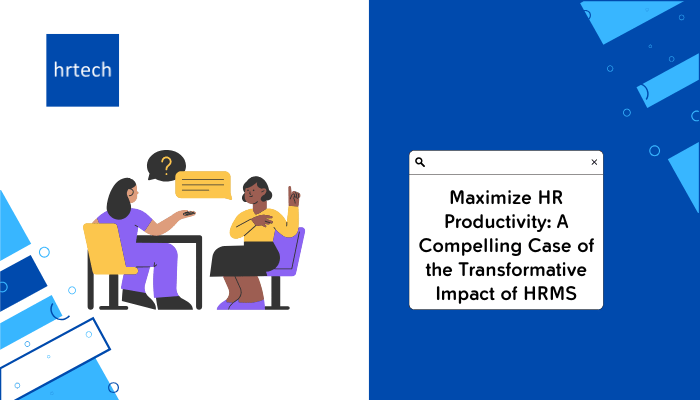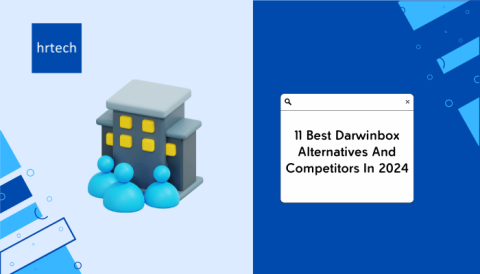Maximizing HR productivity is essential for businesses looking to stay ahead in today’s fast-paced environment. It’s not just about handling more tasks or working faster, it’s about transforming the entire HR function to be more efficient and strategic. By automating repetitive tasks, improving workflow, and making smarter decisions with data, companies can maximize HR productivity and unlock the full potential of their HR teams. The driving force behind this transformation is Human Resource Management Systems (HRMS), which empowers HR departments to shift from administrative duties to value-adding activities that support the company’s growth and success.
HRMS is revolutionizing how businesses handle HR processes, helping teams automate daily tasks, reduce errors, and focus on strategic activities. If you’re keen to discover more, we’ve got an insightful eBook packed with practical tips and strategies.
How Does HRMS Transform HR Productivity?
HRMS transformation of HR productivity through HRMS begins with its ability to streamline and automate core HR functions. Automation in HR is a game-changer, eliminating manual tasks such as payroll processing, leave management, and attendance tracking. This not only reduces the time spent on repetitive administrative duties but also ensures greater accuracy, as automation minimizes human errors.
Furthermore, an effective HRMS Implementation helps integrate various HR functions into a centralized system, offering real-time data access and improving decision-making capabilities.
According to McKinsey, companies that execute with purpose have greater odds of creating significant long-term value generation, which can lead to stronger financial performance, increased employee engagement, and higher customer trust.
Role of HRMS in Enhancing Productivity
The Human Resource Management System (HRMS) plays a crucial role in enhancing productivity by automating repetitive administrative tasks, such as HRMS payroll and attendance management. By streamlining these processes, HR teams can focus on more strategic initiatives, ultimately helping to maximize HR productivity.
| Aspect | Description |
|---|---|
| Automation of Tasks | HRMS automates repetitive tasks like payroll, attendance tracking, and leave management, reducing manual effort and increasing accuracy. |
| Employee Data Access | HRMS provides quick and easy access to employee information, reducing administrative bottlenecks and improving data accuracy. |
| Improved Communication | HRMS enhances communication between HR and employees, offering platforms for real-time updates and interactions. |
What Are the Key Features of HRMS?
To fully maximize HR productivity, understanding the core features of an HRMS is critical.

1. Automation of Routine HR Tasks
One of the key advantages of HRMS is its ability to automate tedious tasks like payroll management, benefits administration, and leave tracking. This automation reduces manual effort and ensures that processes are accurate and efficient, allowing HR professionals to focus on more strategic tasks that impact the business.
- Payroll management automation
- Streamlined benefits administration
- Leave tracking with minimal manual intervention
2. Employee Self-Service Portals
Self-service portals provided by HRMS enable employees to manage their personal information independently. This includes updating details, checking leave balances, and downloading payslips without involving HR. As a result, it lightens the workload for HR teams and improves the employee experience by offering quick access to vital information.
- Update personal information independently
- Access to leave balances without HR involvement
- Easily download payslips
3. Real-Time Data and Analytics
Real-time data access through HRMS is a game-changer for HR departments, offering valuable insights that guide decision-making. With detailed analytics on employee performance, turnover rates, and workforce engagement, HR teams can make informed choices quickly, helping them proactively manage HR challenges and opportunities.
- Instant access to employee performance data
- Monitor turnover rates effectively
- Gain insights into workforce engagement metrics
To explore these features and how they can benefit your organization, make sure to download our eBook. It’s packed with expert insights and practical tips on selecting the right HRMS for your business.
How Do You Choose the Right HRMS Tools?
Investing in the right HR Technology is essential to ensure that your HR department operates efficiently and can adapt to future demands. The Evolution of HR Technology has introduced advanced tools that automate tasks, streamline processes, and enhance data accuracy, making it critical to choose a system that aligns with your company’s specific needs. As part of the broader Digital Transformation in HR, selecting the right HRMS not only simplifies daily operations but also empowers HR teams to focus on strategic initiatives like talent development and employee engagement, ultimately driving business success.
1. Importance of Investing in Suitable Technology
Selecting the right HRMS is not a one-size-fits-all decision. The system you choose should align with your company’s needs, goals, and scale. Investing in the right technology can save you time, cut costs, and support the future growth of your organization.
2. Evaluation and Selection Process
The process of choosing an HRMS requires evaluating several factors, including user experience, scalability, security features, and customer support. It’s essential to assess these aspects carefully to avoid costly mistakes in the long run.
Implementation Strategies for HRMS
Choosing the right HRMS is just the beginning. Implementing it effectively is key to reaping its benefits.
1. Phased Implementation Approach
Rather than deploying the system all at once, a phased implementation allows your HR team to adapt gradually. This approach minimizes disruption, reduces errors, and provides an opportunity to address any issues before fully rolling out the system.
HRMS can provide real-time data and analytics, enabling HR professionals to make data-driven decisions. A study by AIHR found that 70% of company leaders believe their organizations’ skills gap negatively impacts business performance.
2. Training and Support for Employees
Providing comprehensive training and continuous support is critical for the success of your HRMS Implementation. Employees need to be confident in using the system to ensure it becomes a productive tool rather than an obstacle.
Develop a clear change management strategy to ensure a smooth transition to HRMS. A survey by Gallup found that employee engagement levels remain at 23%, indicating that traditional approaches to engagement are failing.
Enhancing Communication through HRMS
One of the often-overlooked benefits of HRMS is its ability to streamline communication across the organization.
- Centralized Communication Platforms
Many HRMS platforms come with built-in communication tools that centralize employee interactions. This ensures that important updates are distributed efficiently, reducing the need for manual email chains and meetings.
- Timely Information Dissemination
HRMS systems ensure the quick dissemination of information, which is essential in fast-paced environments. Whether it’s policy updates or new compliance requirements, HRMS ensures that employees get timely access to crucial information.
How Can You Measure the Impact of HRMS?
Implementing an HRMS is only part of the solution. To fully maximize HR productivity It’s important to measure its impact continuously. To fully maximize HR productivity, it’s crucial to continuously track and assess the impact of your HRMS. By focusing on key performance metrics, you can determine how effectively your system supports your HR objectives.

Employee Engagement (30%): This metric gauges how motivated and satisfied your employees are. High engagement often correlates with better retention and productivity. HRMS tools that track engagement can help identify areas where improvements are needed, such as training, rewards, or employee wellness initiatives.
Time-to-Hire (25%): Reducing the time it takes to hire top talent is critical for maintaining a competitive edge. HRMS systems streamline the recruitment process, automating tasks like candidate tracking and interview scheduling, which shortens the hiring cycle.
Turnover Rates (20%): High turnover can be costly and disruptive. Monitoring turnover rates through your HRMS provides insight into retention issues and helps you understand why employees may be leaving, allowing for better retention strategies.
Process Improvement (25%): Continuous monitoring of HR processes ensures the HRMS evolves with your organization’s needs. Tracking improvements in workflow efficiency, compliance, and overall productivity is vital to ensure the system remains valuable.
By regularly monitoring these metrics, HR teams can identify areas for improvement and ensure that their HRMS delivers maximum value. Continuous feedback and system adjustments based on these insights will keep your HR processes optimized for long-term success.
Future Trends in HRMS
As HR Technology evolves, new trends are emerging that will shape the future of HR management.
1. Integration with Emerging Technologies
With the integration of artificial intelligence (AI) and machine learning, HRMS platforms will become even more intelligent. These technologies will provide more in-depth analytics and allow for more efficient decision-making across HR functions.
2. Adaptation to Changing Business Needs
The future of HRMS will also involve greater flexibility. As business needs evolve, HR systems must be able to adapt quickly, ensuring that companies can pivot and respond to new challenges effectively.
For a deeper exploration of these trends and how to future-proof your HR strategy, be sure to check out our in-depth eBook. It’s free and filled with valuable insights!
Conclusion
Implementing the right Human Resource Management Systems (HRMS) can significantly maximize HR productivity, allowing your HR department to focus on what matters most: driving business success. By automating routine tasks, centralizing communication, and leveraging real-time data, HRMS empowers HR teams to make informed, impactful decisions.
Want to learn more about how HRMS can transform your HR department? Our comprehensive eBook provides everything you need to know about maximizing HR productivity with the right systems. Download it now and take the first step toward a more efficient, data-driven HR function.







